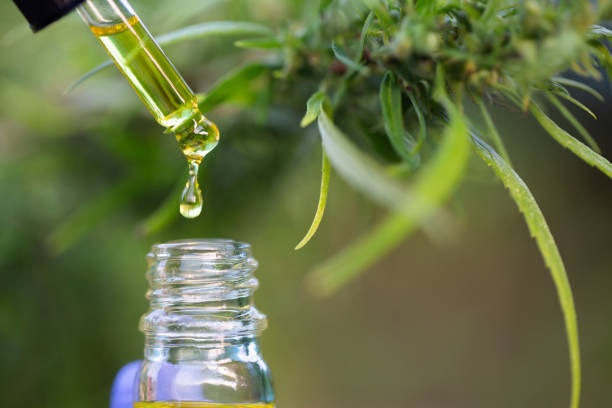Delta-9 THC syrup is a cannabis-based product that has gained popularity in recent years due to its potential therapeutic benefits. Delta-9 tetrahydrocannabinol THC is the primary psychoactive compound found in cannabis, responsible for producing the high sensation typically associated with marijuana consumption. When consumed in syrup form, Delta-9 THC offers an alternative to traditional methods such as smoking or vaping. The syrup can be taken orally, making it a convenient and discreet option for individuals seeking the benefits of THC without the harmful effects of inhalation. One of the most widely discussed benefits of Delta-9 THC syrup is its potential to alleviate pain and inflammation. Research has shown that THC has anti-inflammatory properties and can interact with the body’s endocannabinoid system to reduce pain signals. People suffering from chronic pain conditions, such as arthritis, fibromyalgia, or multiple sclerosis, may find relief from regular THC consumption.

The syrup form of THC allows for controlled dosing, which helps individuals tailor their intake to achieve the desired therapeutic effects while minimizing the risk of overconsumption. In addition to pain management, Delta-9 THC syrup may also aid in reducing anxiety and stress. THC has been studied for its ability to promote relaxation and calmness by binding to cannabinoid receptors in the brain. This interaction can help to reduce feelings of anxiety, nervousness, or restlessness. Some individuals who experience high levels of stress may find that taking Delta-9 THC syrup helps them manage their symptoms more effectively. However, it is important to note that the effects of THC can vary greatly between individuals, and some may experience heightened anxiety with higher doses. Another potential health benefit of Delta-9 THC syrup is its ability to promote better sleep. THC has sedative properties that can help individuals struggling with insomnia or sleep disturbances.
By interacting with the body’s endocannabinoid system, THC may help regulate sleep patterns and improve the quality of rest. Moreover, Delta-9 THC syrup has been linked to increased appetite, which can be beneficial for individuals experiencing significant weight loss due to medical conditions such as cancer, HIV/AIDS, or anorexia. THC is known for its ability to stimulate hunger, often referred to as the munchies. For individuals who need to gain or maintain weight, this appetite-stimulating effect can be an important therapeutic benefit. Delta-9 THC Cough Syrup can provide an easy and effective way to stimulate appetite without the need for smoking or other forms of cannabis consumption. While Delta-9 THC syrup offers a range of potential health benefits, it is important for individuals to approach its use with caution. THC can have psychoactive effects, and overconsumption can lead to unwanted side effects, including dizziness, nausea, or impaired cognitive function.






